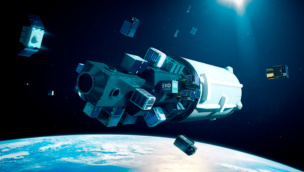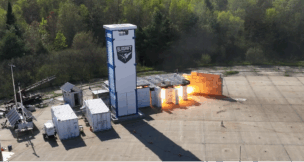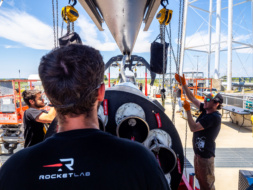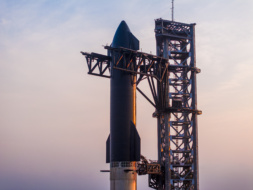ICYMI…and you probably didn’t…Elon Musk provided a public update on Starship. Since Starship is poised to become the largest, most powerful rocket ever, it’s safe to say we were watching with notepads in hand.
Musk gave the presentation in front of Starship and Super Heavy fully stacked, which is a tough backdrop to beat. No virtual Zoom backgrounds are going to top that.
- Side note: The orbital launch tower, dubbed Mechazilla, has “chopstick” robotic arms to lift and catch Starship. The chopsticks are operational, as they were used to stack Starship on Super Heavy.
The presentation was light on substantive updates, but Musk laid out a grand future in which Starship was being launched at scale. Some data, to that effect:
- Collectively, the world has launched 15,517 tons to orbit to date.
- SpaceX projection: After one year, Starship will have launched 15,500 tons to orbit (at a cadence of three launches a week).
- SpaceX projection: After one year—with three launches a day—Starship will have launched 109,500 tons to orbit.
- See above, but with 10 Starships: ~1.1M tons to orbit.
- Within a few years, Starship will cost <$10M to launch, Musk said.
Engines: Super Heavy, the first-stage booster, will use 33 Raptor engines (the prior number was 29). SpaceX is making one Raptor a day, according to Musk. He also said that the second-gen Raptor is cheaper, easier to build, tougher, and more powerful. Raptor V2 will generate 230 tons of thrust, a sizable improvement over Raptor V1’s 185 tons.
FAA review: The agency expects to conclude its environmental assessment of SpaceX’s Boca Chica launch site Feb. 28, but that deadline will reportedly be delayed. Musk said he was optimistic that SpaceX will get FAA approval, without requiring further reviews. If not, the contingency plan is to launch from Florida. By the sound of it, that may become the main plan.
In sum: “I feel at this point highly confident that we’ll get to orbit this year,” Musk said.




